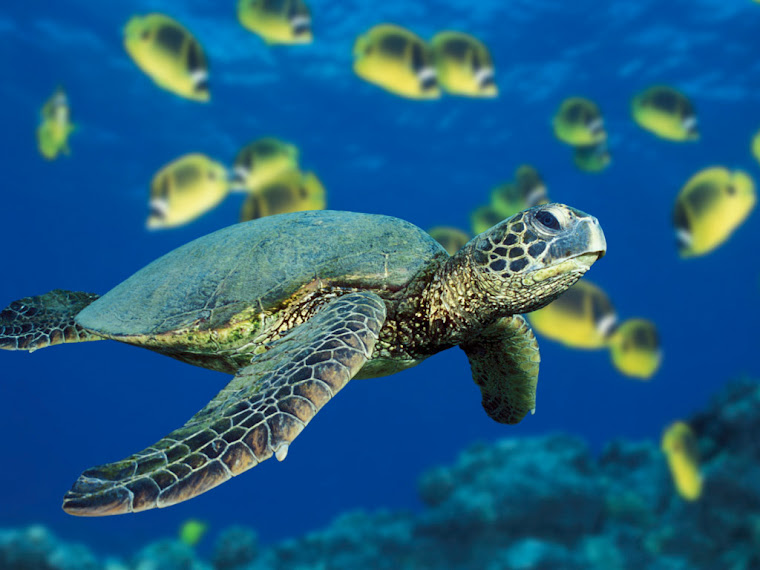DNA - the Blueprint of Life
Every living organism contains within itself the information it needs to build a new organism. This information, you could think of it as a blueprint of life, is stored in the organism's genome. The genome is made up of a material called DNA, which stands for deoxyribonucleic acid. If you take a really, really close look at the DNA molecule you will see that it looks like an ordinary ladder, although somewhat twisted. The steps that connects the two strands in this ladder are composed of four different molecules of the same type, called nucleotides. In DNA they are A, T, C and G; where A stands for adenine, T for thymine, C for cytosine and finally G for guanine.
2. What are the 4 bases?
The steps that connect the two strands in this ladder are composed of four different molecules of the same type, called nucleotides. In DNA they are A, T, C and G; where A stands for adenine, T for thymine, C for cytosine and finally G for guanine.
3. What 2 peices of information did the scientists need to solve the elusive structure of DNA?
In the late 1940's, the members of the scientific community were aware that DNA was most likely the molecule of life, even though many were skeptical since it was so "simple." They also knew that DNA included different amounts of the four bases adenine, thymine, guanine and cytosine (usually abbreviated A, T, G and C), but nobody had the slightest idea of what the molecule might look like.
In order to solve the elusive structure of DNA, a couple of distinct pieces of information needed to be put together. One was that the phosphate backbone was on the outside with bases on the inside; another that the molecule was a double helix. It was also important to figure out that the two strands run in opposite directions and that the molecule had a specific base pairing.
As in the solving of other complex problems, the work of many people was needed to establish the full picture.
4. What are the specific base pairs?
The four specific base pairs are adenine, thymine, & guanine, cytosine.
The base-pairing mystery had been partly solved by the biochemist Erwin Chargoff some years earlier. In 1949 he showed that even though different organisms have different amounts of DNA, the amount of adenine always equals the amount of thymine. The same goes for the pair guanine and cytosine. For example, human DNA contains about 30 percent each of adenine and thymine, and 20 percent each of guanine and cytosine.
With this information at hand Watson was able to figure out the pairing rules. On the 21st of February 1953 he had the key insight, when he saw that the adenine-thymine bond was exactly as long as the cytosine-guanine bond. If the bases were paired in this way, each rung of the twisted ladder in the helix would be of equal length, and the sugar-phosphate backbone would be smooth.
5. How does the pairing rule effect the shape and structure of DNA?
Each rung of the twisted ladder in the Helix would be of equal length, and the sugar- phosphate backbone would be smooth.
6. What does the DNA do during cell division?
It is able to “unzip” into two pairs.
7. How many base pairs does E. Coli have? How long does it take to replicate? How is the DNA packaged in the cell?
4 million, once every 20 minutes 3 million, Its is curled up in a condensed fashion.
8. How many base pairs does Human DNA have? How long does it take to replicate? How is the DNA packaged in the cell?
12-24 in 23 distinct chromosome pairs.


